Seattle, Tacoma (SEA/KSEA) WA. USA - part.1
| Summary | |||
|---|---|---|---|
| Airport type | Public | ||
| Operator | Port of Seattle | ||
| Serves | Seattle; Tacoma | ||
| Location | |||
| Hub for | |||
| Elevation AMSL | 433 ft / 132 m | ||
| Coordinates | 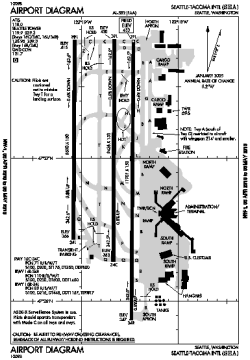 | ||
| Website | portseattle.org/seatac/ | ||
| Runways | |||
| Direction | Length | Surface | |
| ft | m | ||
| 16L/34R | 11,900 | 3,627 | Concrete |
| 16C/34C | 9,425 | 2,873 | Concrete |
| 16R/34L | 8,500 | 2,591 | Concrete |
| Statistics (2009) | |||
| Passengers | 31,227,512 (3.0% down from 2008) | ||
| Aircraft movements | 317,873 (7.9% down from 2008) | ||
| Air Cargo (metric tons) | 269,337 (7.4% down from 2008) | ||
| Year | Nikon D80 | Spot location | |
|---|---|---|---|
| Digital | Jepeg | ||
| 15 sept 2009 | Quality | good | Inside the terminal "aera transit" behind the window |
Seattle–Tacoma International Airport (IATA: SEA, ICAO: KSEA, FAA LID: SEA), also known as "Sea-Tac Airport" or Sea-Tac is located in SeaTac, Washington, United States at the intersections of State Route 518, State Route 99 and State Route 509, about 1.5 miles (2.4 km) west of Interstate 5. It serves Seattle and Tacoma, Washington as well as the rest of western Washington. The airport is the primary hub for Alaska Airlines, whose headquarters is located near the airport, and its regional subsidiary Horizon Air. The airport has service to several destinations throughout North America, Europe and East Asia.
"Welcome to Sea-Tac!" says the automated announcement in the airport's parking garage and skyways, using the nickname that residents of the Seattle metropolitan area have given it. The nickname arose before the city of SeaTac, Washington was founded.
In 2009 Sea-Tac served nearly 31.3 million passengers, making it the 18th busiest airport in the United States. It ranks 25th in total aircraft operations and 19th in total cargo volume.
The top five carriers at Sea-Tac in number of passengers carried in 2009 were Alaska Airlines (34.2%), Horizon Air (13.8%), Southwest Airlines (8.9%), United Airlines (7.0%), and Northwest Airlines (6.4%).
History
Seattle–Tacoma Airport was constructed by the Port of Seattle in 1944 to serve civilians of the region, after the U.S. military took control of Boeing Field for use in World War II. The Port received $1 million from the Civil Aeronautics Administration to build the airport, and $100,000 from the City of Tacoma. Commercial use of the airport began after the war ended, with the first scheduled flights occurring in 1947. Two years later, the word International was added to the airport's name as Northwest Airlines began direct service to Tokyo. The runway was lengthened twice, first in 1959 to allow use by jets, and again in 1961 to handle increased traffic for the upcoming Century 21 World's Fair. The current terminal complex was built in 1959. In 1966, SAS inaugurated the airport's first non-stop route to Europe. The Port embarked on a major expansion plan from 1967 to 1973, adding a second runway, a parking garage, two satellite terminals, and other improvements to the airport.
Numerous residents of the surrounding area filed lawsuits against the Port in the early 1970s, complaining of noise, vibration, smoke, and other problems caused by the airport. The Port, together with the government of King County, adopted the Sea-Tac Communities Plan in 1976 to address the airport's impact on the area and guide its future development.
In 1978, the U.S. ended airline regulation. Subsequently, U.S. airlines were allowed to determine routes and fares without government approval. Deregulation resulted in new service to Seattle, including TWA, which was the fourth largest U.S. airline.
After the death of U.S. Senator "Scoop" Jackson in 1983, the Seattle Port Commission voted to change the name of the airport to Henry M. Jackson International Airport, ostensibly to honor the late Senator. However, denizens of Tacoma interpreted the name change as an insult to their community —the second time in the airport's history that the port authorities had attempted to remove "Tacoma" from the official name. But the $100,000 that Tacoma had provided for the airport's construction during World War II had come with an explicit promise that the city would be included in the airport's name. The City of Tacoma eventually prevailed in their attempt to return the long-standing moniker, and the name reverted to Sea-Tac early in 1984. but a 1994 study concluded there were no feasible sites for an additional airport. The Port of Seattle approved a plan for the new runway in 1996, prompting a lawsuit from opponents..
Operations
The Sea-Tac airport has three parallel runways that run nearly north-south, with a passenger terminal to the east. The runways range in length from about 8,500 ft to 12,000 ft. During 2008, the airport averaged 946 aircraft operations per day, 89% of which were commercial flights, 10% of which were air taxi operations, and 1% of which were transient general aviation.
A new control tower was constructed for Sea-Tac beginning in 2001, and brought into service November 2004, at a cost of $26 million. The floor of the new tower's control cab is 233 ft above ground level; the tower's overall height including antennas is 269 ft. The cab has 850 sq ft of space and was originally designed to support operation by ten controllers, with possible future expansion up to 15. The site and construction method of the tower were designed to maximize visibility and efficacy of radar systems. SeaTac's original control tower, built in the 1950s, is now located in the airport's passenger terminal.
Possible new airline service
Port of Seattle Commission President John Creighton said the Port of Seattle is working to secure nonstop service between Seattle and Shanghai. After the European Union and US signed an open skies agreement, airlines such as Aer Lingus and bmi, among others, have shown interest in starting service to Seattle.
Virgin Atlantic announced it looked at Seattle among other cities as a future destination when they announced their aircraft order of 15 Boeing 787-9.
V Australia has received permission from the DOT to fly to Seattle and several other U.S. cities from its planned hub in Sydney, Australia.
Emirates Airline has indicated that Seattle is being considered as a future destination, most likely using a Boeing 787.
All Nippon Airways (ANA) has stated that it is considering nonstop service to Seattle from Nagoya using Boeing 787 aircraft. Along with Seattle, ANA is considering service to Denver, Boston and Miami from Tokyo, and to Los Angeles from Nagoya.
Delta Air Lines has applied for DOT clearance to begin service to Tokyo's Haneda airport using an Airbus A330-300 aircraft. This flight would complement the airline's existing service to Tokyo's Narita airport.
Incidents and accidents
- November 30, 1947: Alaska Airlines Flight 009, a Douglas C-54A en route to Seattle from Anchorage, Alaska, landed in heavy fog and damp conditions after failed attempts at nearby Boeing Field and Paine Field in Everett. The plane touched down 2,748 ft (838 m) beyond the approach area to Runway 20 and sped onto a nearby road, colliding with an automobile and bursting into flames. Nine fatalities resulted from the accident, including a blind woman riding in the car.
- April 2, 1956: Northwest Orient Airlines Flight 2, a Boeing 377 Stratocruiser headed to Portland, Oregon and points east, experienced reduced power and extreme buffeting shortly after take-off due to an improper setting of the airplane's cowl flaps by the flight engineer. Plans were initially made to land at McChord Air Force Base, but the pilot was forced to make a water landing in Puget Sound east of Maury Island. The plane sank within 15 minutes; five of the 38 on board died.
- November 24, 1971: Northwest Airlines Flight 305, a Boeing 727 flying to Sea-Tac from Portland International Airport, was hijacked by Mr. D. B. Cooper. Cooper released the passengers after landing in exchange for $200,000 and four parachutes, ordered the plane back into the air, and jumped out over Southwest Washington with the money.
- April 15, 1988: Horizon Air Flight 2658, a twin-engine de Havilland Canada Dash-8 departing for Spokane, experienced a power loss in the #2 engine shortly after takeoff. While the crew lowered the gear for landing as they returned to the airport, a massive fire broke out in the right engine nacelle, resulting in a loss of braking and directional control. After touchdown, the aircraft veered off the runway and crossed the ramp, colliding with multiple jetways before coming to a stop. Four of the 37 passengers were seriously injured, but there were no fatalities.
- May 23, 1990: Horizon Air Flight 2300, a twin-engine Fairchild Metro III flying from Portland, Oregon, to Seattle, Washington, made an emergency descent and safe landing at Seattle–Tacoma International Airport when a window blew out of the aircraft at 14,000 ft. over Olympia, Washington, sucking a seat-belted passenger's head and shoulder through the broken window. Passenger Gale Sears, 38 of Portland, was held by another passenger until the aircraft landed, after Sears' head and shoulder were sucked out of the blown aircraft window. Oxygen masks deployed during the flight. Sears was treated for minor puncture wounds from the broken glass, but was otherwise uninjured. The airline stated that it appeared to be an isolated incident. The FAA and NTSB assigned investigators to the case.
- February 28, 2001: The 2001 Nisqually earthquake damaged the Air Traffic Control tower at Sea-Tac, although a new earthquake-resistant tower was being built at the time to replace the old one. The new tower entered service in November 2004. A temporary tower was used in the interim.
- December 26, 2005: Alaska Airlines Flight 536, an MD-83 headed from Seattle to Burbank, California, experienced a loss of cabin pressure shortly after takeoff. Emergency oxygen masks were deployed in the cabin and the aircraft returned to Sea-Tac to make an emergency landing. No fatalities or serious injuries were reported. According to the NTSB, a baggage handler admitted to failing to immediately report bumping the plane at the gate with baggage handling equipment. The dent created by bumping the aircraft became a 1-foot (30 cm) gash when the aircraft reached altitude.
- February 2009: More than a dozen planes landing in Seattle were targeted at night by bright green laser beams from a nearby neighborhood next to the airport. No accidents occurred, but local police and the FBI searched for suspects in the apparent prank.
- On April 29, 2009, Asiana Airlines Flight 271, a Boeing 777 flying from Seattle to Incheon International Airport (ICN) in South Korea with 179 passengers and 16 crew aboard, made an emergency landing shortly after taking off from Sea-Tac after fire and smoke were seen emanating from the left engine. The airplane dumped fuel over Puget Sound before landing safely at Sea-Tac around 3:30pm. As of May 4, 2009, a compressor stall is blamed for the incident. Local residents expressed environmental concerns about the fuel dump but authorities at Washington State's Department of Ecology assured the general public that most of the fuel evaporated, and what few fuel droplets that did reach the ground or water posed no health risks.
- On April 14, 2010, United Airlines Flight 917, a Boeing 757 flying from Washington to Seattle made an emergency landing in Sioux Falls after smoke was reported. No one was injured and a replacement aircraft was flown in.


/https%3A%2F%2Fprofilepics.canalblog.com%2Fprofilepics%2F8%2F1%2F81057.jpg)
/https%3A%2F%2Fstorage.canalblog.com%2F20%2F39%2F97146%2F32300127_o.jpg)
/https%3A%2F%2Fstorage.canalblog.com%2F12%2F78%2F97146%2F30672854_o.jpg)
/https%3A%2F%2Fstorage.canalblog.com%2F26%2F90%2F97146%2F27985019_o.jpg)
/https%3A%2F%2Fstorage.canalblog.com%2F37%2F46%2F97146%2F27230276_o.jpg)
/https%3A%2F%2Fstorage.canalblog.com%2F33%2F59%2F97146%2F21981067_o.jpg)









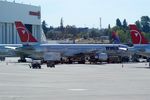
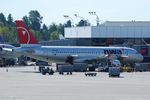

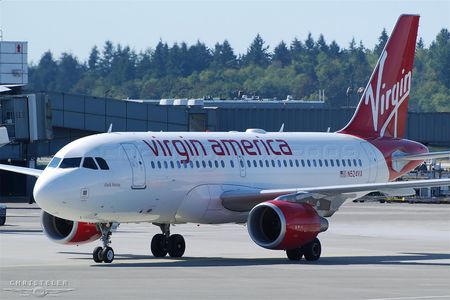
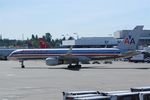
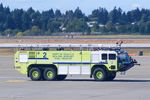

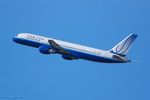
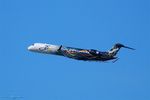
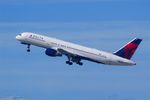
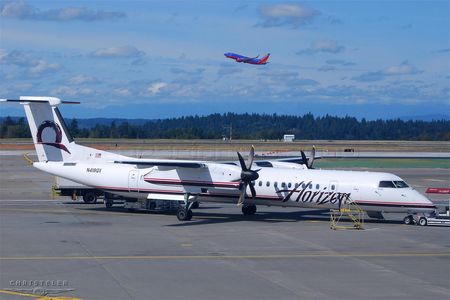

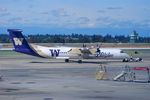
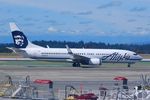

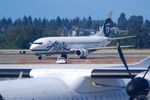
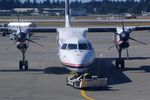

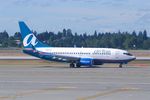
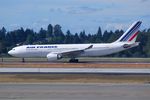
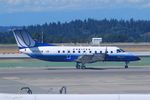
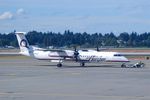
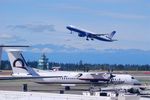
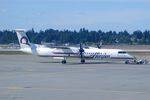
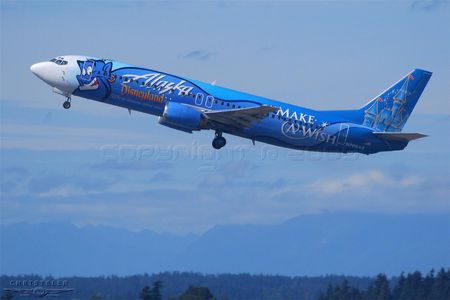
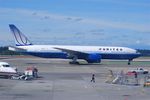

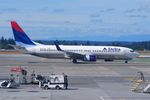

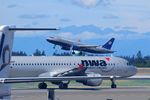

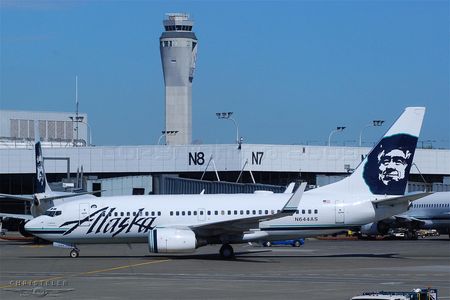
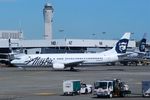



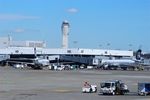
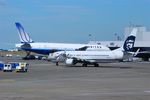
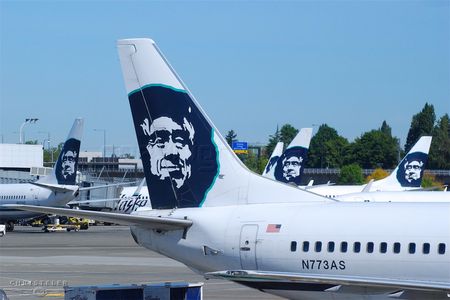
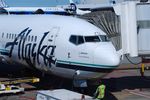
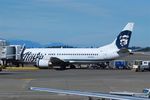
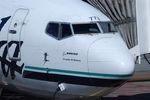
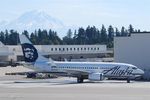
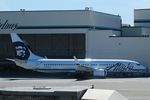

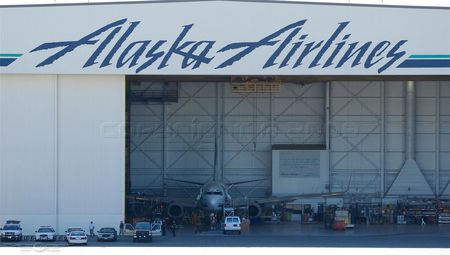
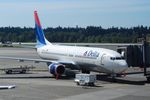
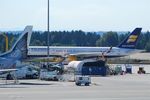


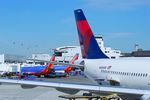


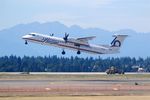



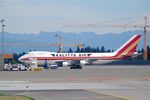
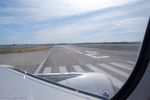
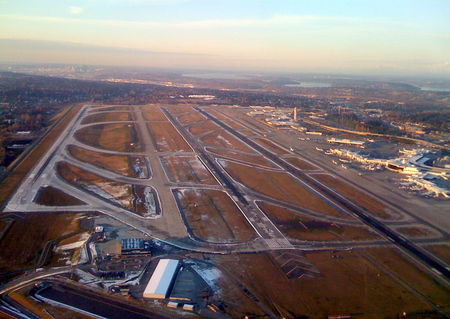

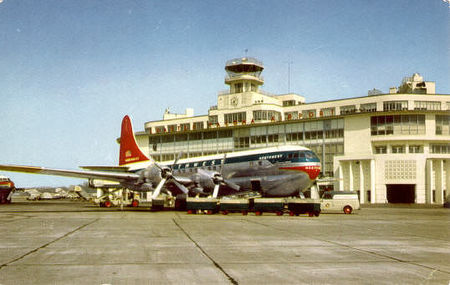






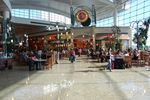

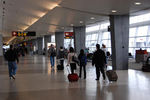

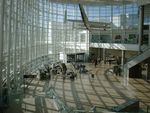

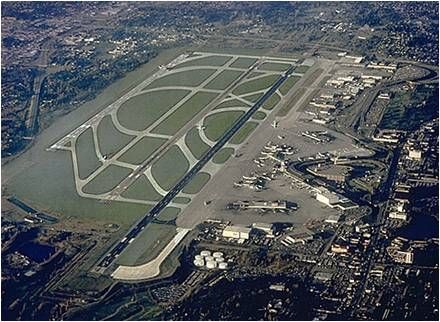
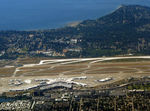


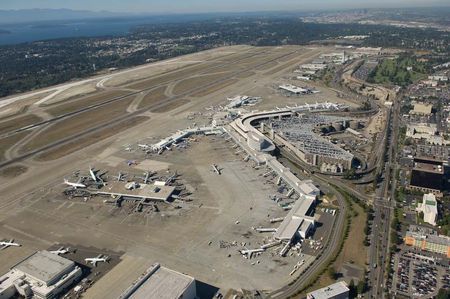



/http%3A%2F%2Fstorage.canalblog.com%2F14%2F46%2F97146%2F75254467_o.jpeg)
/http%3A%2F%2Fstorage.canalblog.com%2F85%2F19%2F97146%2F72040806_o.png)
/http%3A%2F%2Fstorage.canalblog.com%2F53%2F59%2F97146%2F61252882_o.jpg)
/http%3A%2F%2Fstorage.canalblog.com%2F38%2F65%2F97146%2F28761133_p.gif)